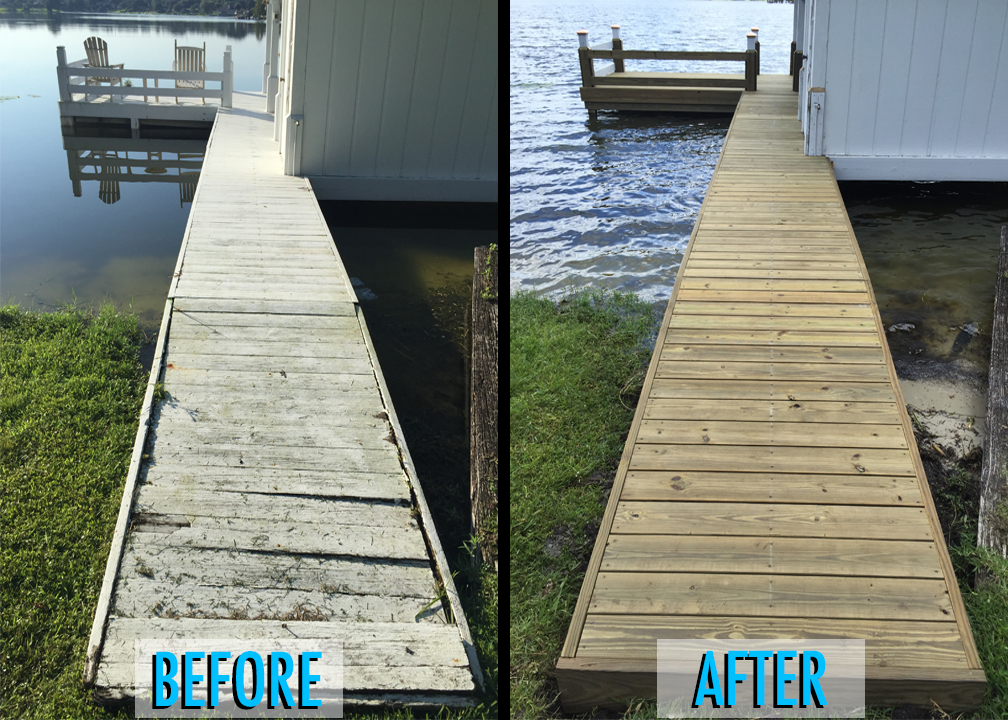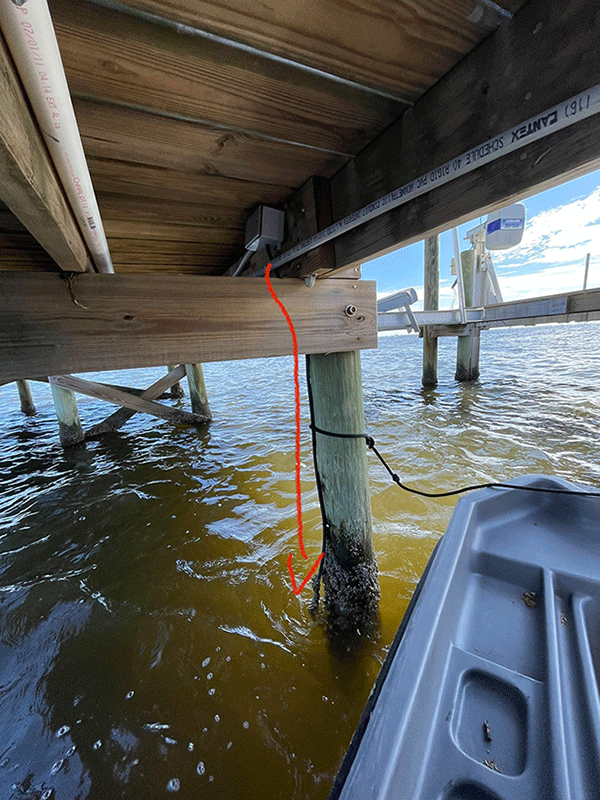Seasonal Preparations: When to Schedule Your Dock Repairs
Seasonal Preparations: When to Schedule Your Dock Repairs
Blog Article
Exactly How to Address Common Dock Repair Work Issues for Safe Water Activities

Identifying Common Dock Issues
Identifying typical dock concerns is important for keeping the functionality and safety and security of your waterfront property. Normal examinations can aid reveal troubles prior to they become serious, guaranteeing both the durability of the dock and the safety of those who use it. One prevalent issue is loosened or rusty bolts. Gradually, screws, bolts, and various other fasteners can become loosened due to constant direct exposure to water and climate elements, leading to architectural instability.
An additional typical issue is the deterioration of flotation devices. These tools are essential for maintaining the dock resilient, and any damages or slits can create the dock to listing or sink. Routinely looking for leakages or water logged drifts can preempt much more significant issues.
Additionally, algae and barnacle accumulation on the dock's surface can produce unsafe and dangerous conditions. This biofouling not just postures a danger to users however can also speed up the deterioration of the dock products.
Finally, inspecting for indicators of corrosion on steel elements is essential. Rust can endanger the integrity of the dock's framework, making it harmful. By regularly recognizing these typical dock concerns, you can guarantee that your dock remains useful and safe and secure for several years to find.
Repairing Rotting Wood
When dealing with the problem of decomposing wood on your dock, it is important to act promptly to avoid additional deterioration. Begin by extensively examining the whole structure to identify all influenced areas. Make use of a screwdriver to penetrate the wood; if it sinks in easily, the wood is likely decayed and needs immediate interest.
Be certain to cut back to healthy, strong timber, guaranteeing you eliminate all compromised product. After elimination, treat the remaining timber with a wood preservative to prevent future rot.
Following, replace the gotten rid of areas with marine-grade lumber or pressure-treated wood, which are extra immune to water damage. Secure the brand-new pieces with stainless-steel or galvanized fasteners to avoid deterioration. Furthermore, using a water-proof sealer to the new timber can supply an additional layer of security.
Protecting Loosened Boards
How do you guarantee your dock continues to be practical and secure for all its users? One important aspect is safeguarding loose boards, which can otherwise position considerable hazards. Loose boards not only boost the risk of stumbling yet can also compromise the architectural integrity of the entire dock.

For reinstallation, use galvanized or stainless steel screws, as these materials provide superior resistance to rust in marine settings. Make sure the screws are long sufficient to permeate deep into the underlying support framework, but not so long that they stick out via the dock's surface. Pre-drilling pilot holes can assist protect against the wood from splitting.
Lastly, preserve a regular examination timetable to identify and attend to any type of brand-new issues promptly. By protecting loosened boards effectively, you add to the general security and durability of your dock, making it a reputable platform for water activities.
Stabilizing Unstable Pilings
Making certain the stability of unsteady pilings is paramount to maintaining a functional and risk-free dock. Unsteady pilings can endanger the whole structure, posing significant risks to users and possibly bring about expensive repair services. The initial step in supporting these important components is a comprehensive assessment. Analyze the pilings for indications of rot, damage, or moving. Utilize a degree to examine for vertical positioning and ensure they are driven deep sufficient into the substratum my website to offer adequate assistance.
If the pilings are found to be unstable, one effective technique for reinforcement is using additional bracing. Cross-bracing with dealt with lumber or galvanized metal can considerably boost stability. Anchor the braces safely to both the pilings and the dock learn this here now framework to disperse lots evenly.

Regular maintenance and periodic review of the pilings' security are vital to ensuring long-term dock security and performance.
Replacing Rusty Hardware
Addressing unstable pilings is simply one facet of maintaining a dock's integrity; one more crucial issue is replacing rustic equipment. Over time, exposure to wetness and salt can result in the oxidation and corrosion of braces, bolts, and screws, compromising the whole structure's safety. Normal examination for corrosion is necessary, particularly after severe weather or seasonal adjustments.
When corroded equipment is recognized, immediate activity is called for. Begin by choosing marine-grade stainless-steel or galvanized equipment, both developed to resist the extreme marine setting. Guarantee that you have the proper devices, such as screwdrivers and wrenches, to safely get rid of the old, corroded pieces without causing further damages to the dock.
After eliminating the rustic hardware, extensively tidy the affected areas to get rid of any type of recurring rust or debris. Use a rust-inhibiting guide to exposed metal surface areas prior to installing the brand-new equipment. Tighten all fixtures securely to stop future loosening, and periodically examine the installations to make sure continuous security.
Replacing rustic equipment not only extends the dock's life expectancy but also substantially improves the security of water activities. By proactively taking care of corrosion, you secure both the framework and its customers, guaranteeing a pleasurable and secure beachfront experience.
Verdict
Normal assessments and maintenance are crucial to attend to usual dock fixing issues and ensure safe water tasks. Such positive More Help procedures add to the general safety and security and capability of dock structures, cultivating a protected setting for water-based tasks.
Making certain the security of water tasks pivots considerably on the proper upkeep and fixing of docks (Dock Repairs). These tools are important for maintaining the dock resilient, and any damages or leaks can create the dock to listing or sink. By regularly determining these usual dock concerns, you can make certain that your dock remains practical and safe for years to come
Ensuring the security of unsteady pilings is paramount to preserving a functional and risk-free dock.Regular examinations and upkeep are vital to resolve common dock repair problems and make certain safe water activities.
Report this page